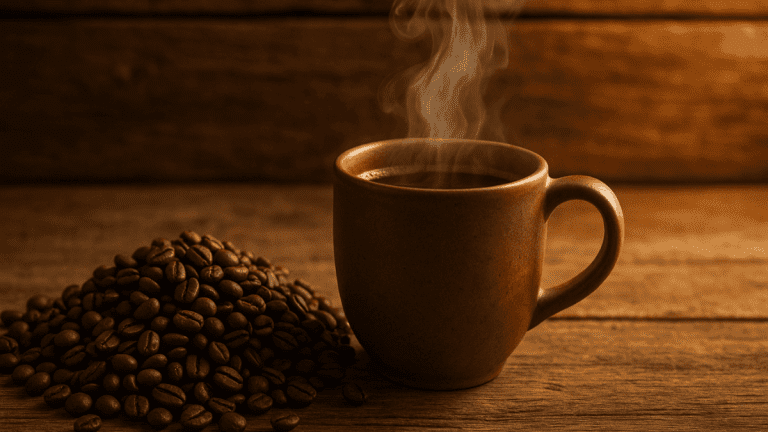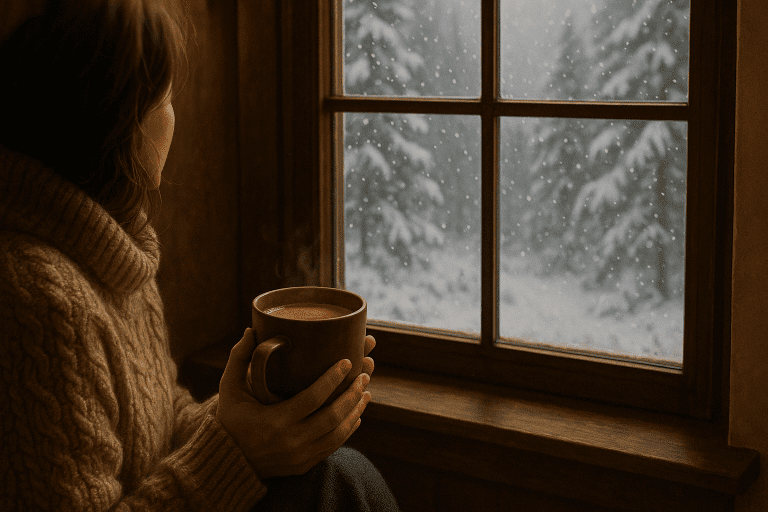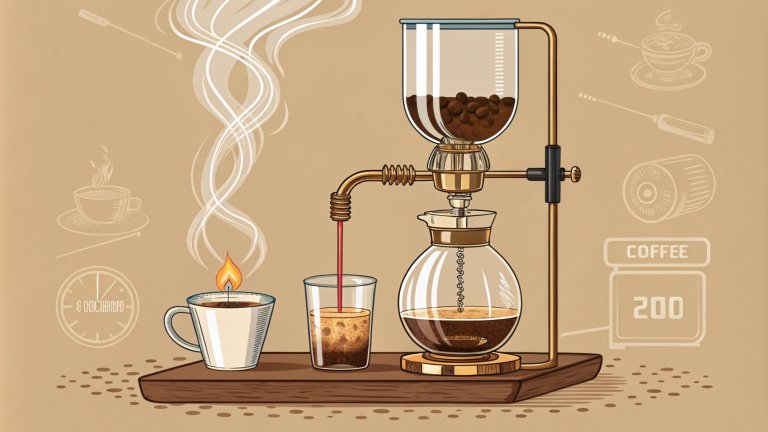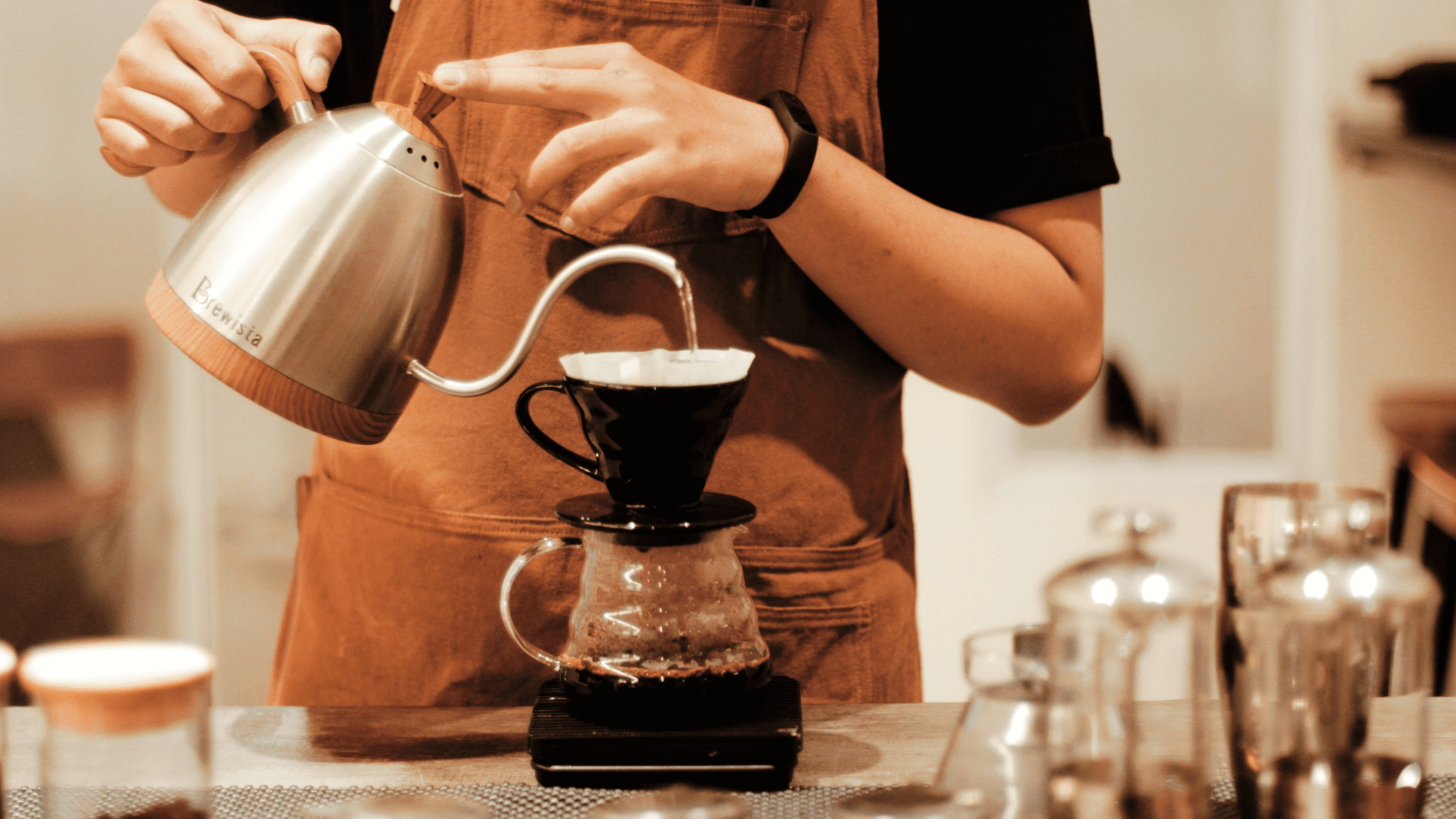
Brewing coffee at home can feel special. It is more than a morning task. You can adjust each step to match your taste. Great coffee needs more than beans and hot water. You must pay attention to each detail. You need the right beans, grind size, water heat, and brew method. This guide shares simple tips on choosing beans, measuring coffee, heating water, timing your brew, and cleaning your gear. Follow these steps to brew a perfect cup every day.
Choose Fresh Beans
Always use fresh beans. Look for a roast date on the bag. Use beans within two weeks of that date. If you keep beans longer, they lose flavor. Fresh beans give you bright, full taste. Store beans in an airtight container. Keep them in a cool, dark place. Do not freeze or refrigerate. Cold and moisture harm the beans.

How to Keep Your Coffee Beans Fresh for Maximum Flavor
Grind Just Before Brewing
Grind your beans just before you brew. Grinding early lets air dull the flavor. A burr grinder works best. It makes a uniform grind. Uniform grounds let water flow evenly. Blade grinders chop beans unevenly. That causes weak and bitter spots in your cup. Aim for these grind sizes:
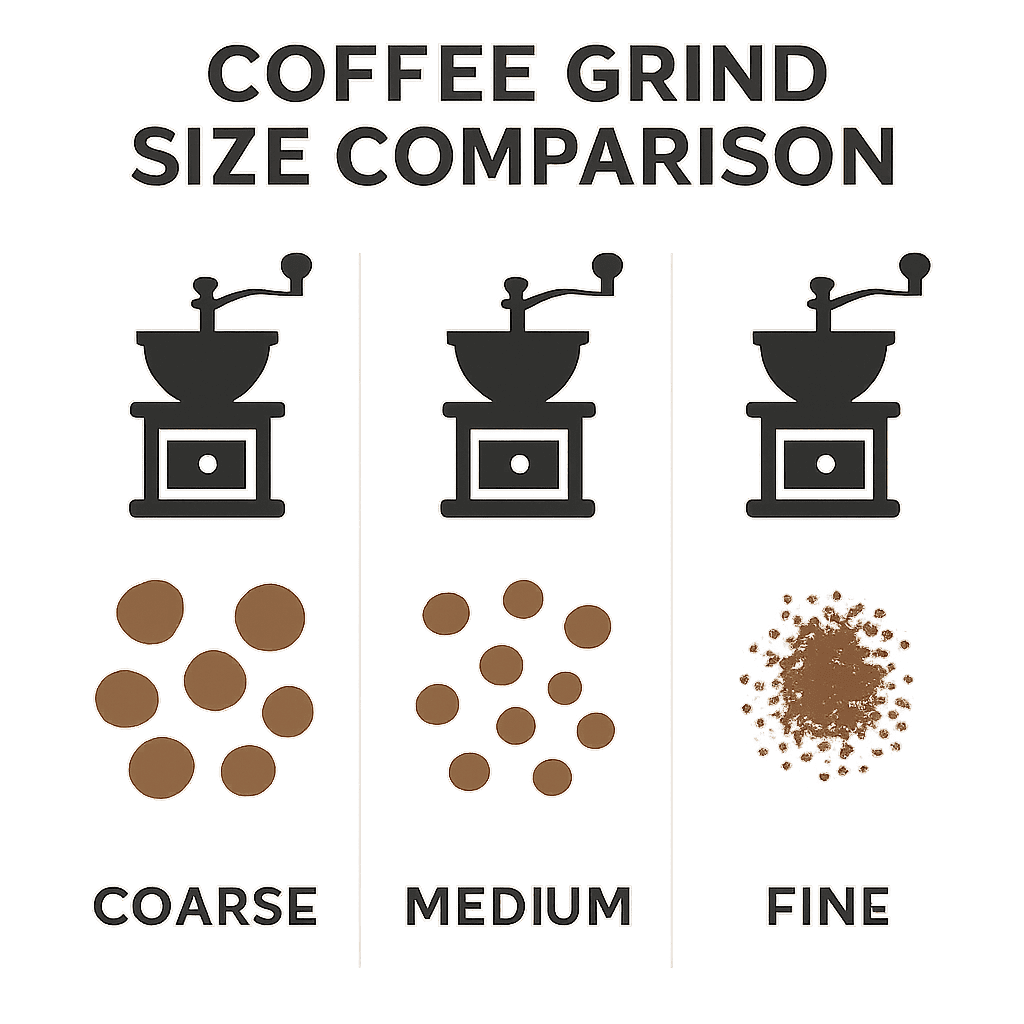
Match Your Grind to Your Brew Method
Match the grind to your brew method. This step helps extract the right flavor.
Measure Coffee and Water
Use a digital scale. It gives you exact measurements. A good starting ratio is 1 gram of coffee per 15 grams of water. For one cup (about 12 ounces), that is about 15 grams of coffee and 225 grams of water. This ratio makes a balanced taste. If you like strong coffee, use 1:14. If you like mild coffee, try 1:16. Change only one thing at a time. That way you know what affects taste.
Heat Water to the Right Temperature
Heat your water to between 195°F and 205°F. Water that is too hot burns coffee. Water that is too cool makes coffee weak. If you use a kettle with no temperature control, bring water to a boil. Then let it sit for 30 seconds. This step drops the heat to the right range. Use a thermometer or kettle with built-in gauge if you can.
Mind Your Brew Time
Each brew method has its ideal time. Set a timer to track this step. Here are common times:

Ideal Brew Times for Different Methods
If you go over time, coffee tastes bitter. If you stop too soon, coffee tastes weak. Stick close to these numbers for the best flavor.
Bloom and Pour
For pour-over methods, follow these steps:
Blooming helps water touch all grounds. This step boosts flavor and aroma.
Stir and Agitate (Optional)
For some methods, a light stir helps. After you pour, stir the grounds once. Use a spoon or stir stick. Stir in a circular motion. Do not stir too hard. A gentle stir helps water reach every particle. This will even out the extraction.
Finish and Serve
Once the brew time ends, let the coffee drip fully. If you use a French press, press the plunger down slowly. If you use an AeroPress, push gently. For drip machines, wait for all the water to pass through. Do not let brewed coffee sit on old grounds. It will taste bitter.
Clean Your Equipment
Coffee oils build up over time. They can make coffee taste stale. Rinse your brewer and grinder after each use. Wash filters with mild detergent once a week. Deep clean your grinder every month. Use a brush or grinder cleaner pellets. Clean gear makes better coffee.
Taste and Adjust
Taste your coffee. Decide what you like or dislike. Is it too weak? Try more coffee or a finer grind. Is it too strong? Try less coffee or a coarser grind. Is it bitter? Check your brew time or water temperature. Make one change at a time. That way you learn what each step does.
Bonus Tips for Better Coffee
Use Filtered Water
Tap water can have tastes you don’t want. Use filtered or bottled water. Good water brings out bean flavors.
Preheat Your Gear
Pour hot water into your dripper and cup before brewing. This step keeps coffee hot longer.
Try Different Beans
Beans from different regions taste different. Try light, medium, and dark roasts. Single-origin beans have unique flavors. Blend beans for balanced taste.
Keep Notes
Write down your grind size, coffee weight, water weight, temperature, and time. Note the taste result. These notes help you repeat great brews.
Experiment With Techniques
Treat coffee making like a hobby. Try a cold brew for a smooth, mild cup. Try an espresso shot for a strong sip. Each method brings out different flavors.
Enjoy your perfect cup of coffee at home!

